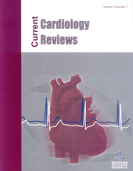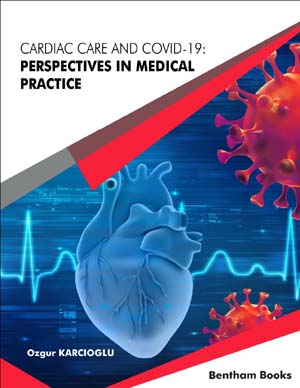Abstract
Background: Orthostatic hypotension (OH) is a common clinical sign, but its detection rate is low, and it is difficult to repeat because there is no standardized screening method available.
Aim: This study aimed to establish a method for detecting blood pressure and assess whether it could increase the OH detection rate in the elderly.
Methods: From May to October, 2022, 178 patients with symptomatic OH and 286 subjects with asymptomatic OH were selected. BP from the bilateral brachial artery was measured using two electronic sphygmomanometers on both arms at the same time, in the order of supine, sitting, and standing at 0-3 min. OH should meet 20/10 mmHg, standing BP minus sitting BP. The OH detection rates were calculated and compared. The symptomatic OH group was more often older, slimmer, had lower ADL scores, and contained fewer smokers (all P< 0.05).
Results: The detection rate of the symptomatic OH group using the modified method was 59.55%, which was higher than that of the routine method (34.83% vs. 59.55%, P<0.05). The detection rate using the modified method in the OH group with asymptomatic OH was 20.63%, which was higher than that of the routine method (20.63% vs. 5.59%, P< 0.01).
Conclusion: Synchronous measurement of bilateral brachial artery BP in supine, sitting, and standing positions increased the detection rate of OH in the elderly.
Keywords: Orthostatic hypotension, synchronous, detection rate, elderly, artery, blood pressure.
[http://dx.doi.org/10.1016/j.jacc.2015.06.1084] [PMID: 26271068]
[http://dx.doi.org/10.1007/s00415-016-8375-x] [PMID: 28050656]
[http://dx.doi.org/10.1212/CON.0000000000000816] [PMID: 31996627]
[http://dx.doi.org/10.3233/JPD-202036] [PMID: 32716319]
[http://dx.doi.org/10.1016/j.parkreldis.2016.09.013] [PMID: 27641792]
[http://dx.doi.org/10.1016/S0002-9343(97)89517-4] [PMID: 8610728]
[http://dx.doi.org/10.1111/j.1464-5491.1992.tb01754.x] [PMID: 1563252]
[http://dx.doi.org/10.1016/j.autneu.2020.102721] [PMID: 32979782]
[http://dx.doi.org/10.1136/pgmj.2005.037457] [PMID: 16597811]
[http://dx.doi.org/10.1097/HJH.0000000000002843] [PMID: 33710173]
[http://dx.doi.org/10.1111/jch.13295] [PMID: 30003695]
[http://dx.doi.org/10.1016/S1474-4422(22)00169-7] [PMID: 35841911]
[http://dx.doi.org/10.1212/WNL.46.5.1470] [PMID: 8628505]




















